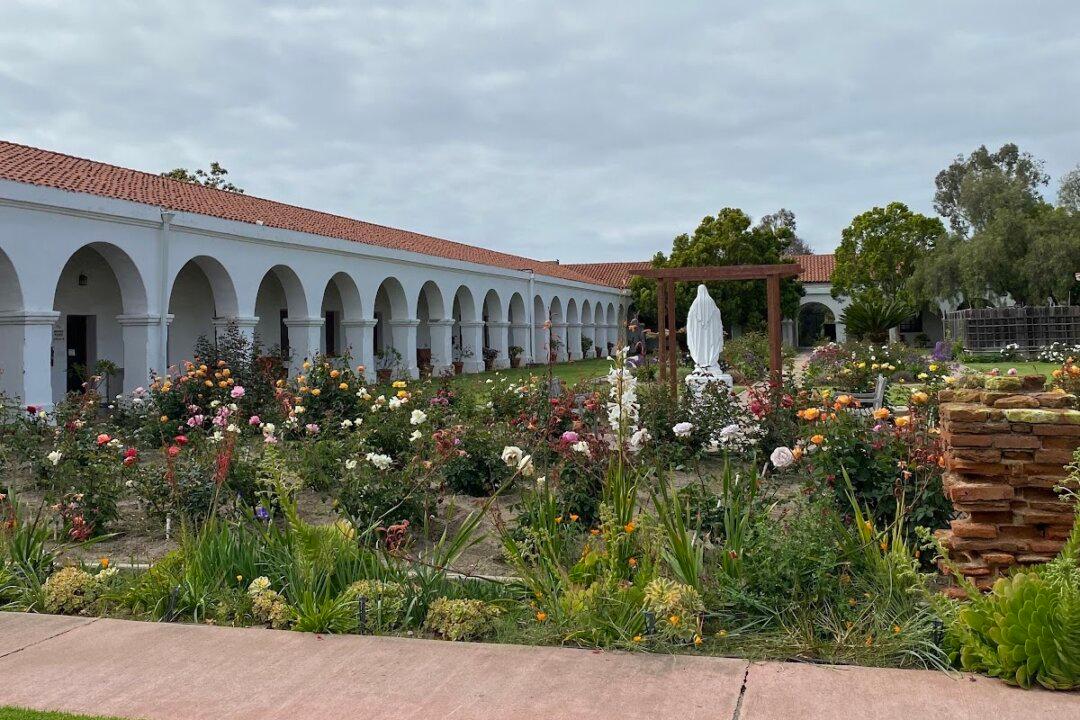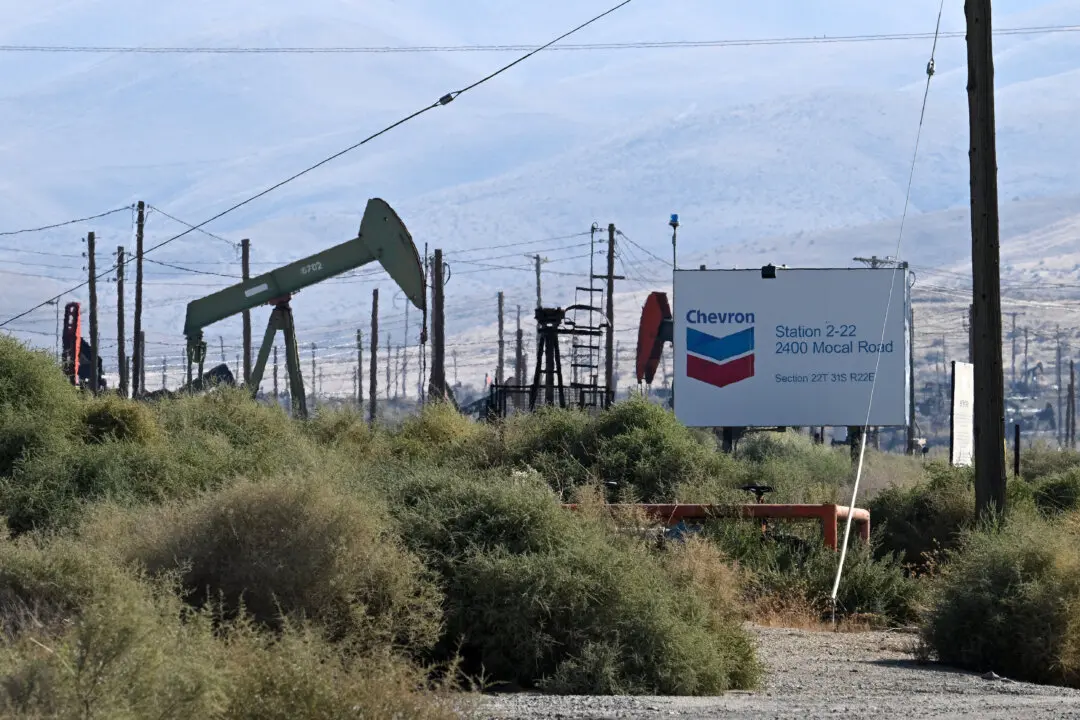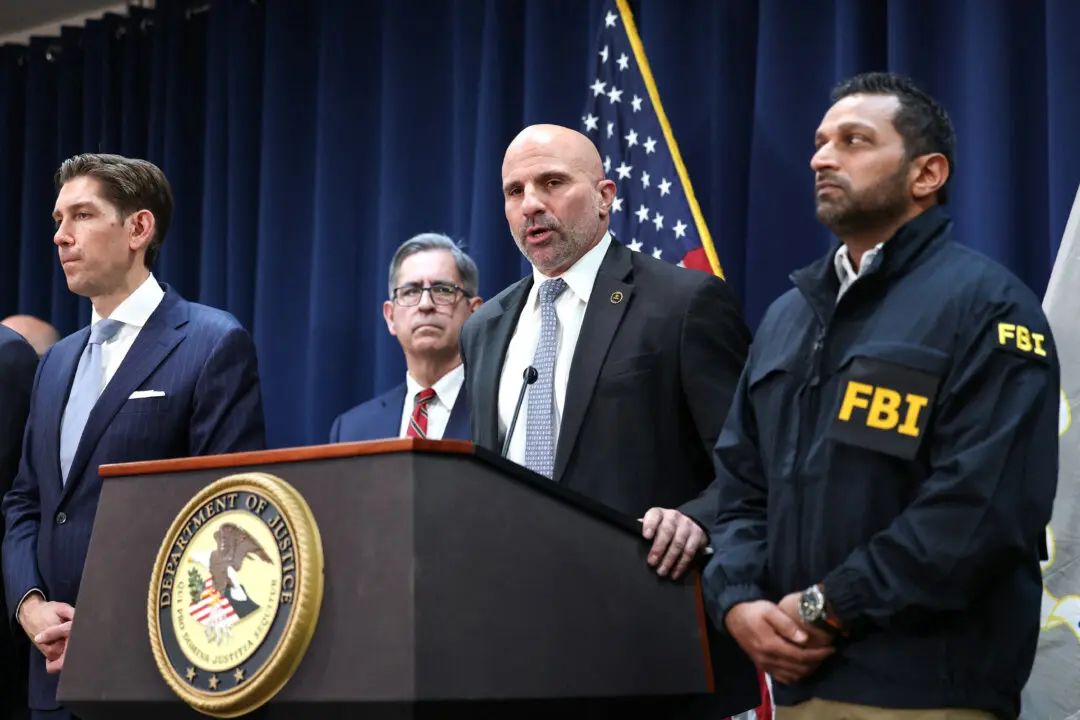The San Luis Rey Mission de Francia—called the “king” of California missions—sits in a sheltered valley 10 minutes east of Coast Highway and downtown Oceanside just off Highway 76, a four-lane expressway that extends from Oceanside, through Bonsall and past Fallbrook in San Diego’s northeast, all the way east to Lake Henshaw.
All around the white Spanish-Colonial Mission, home to California’s sole remaining European Gothic cathedral, wildflowers and jacarandas dot the hillsides, blooming among the tall, lush green and gold grasses from the 30 inches in winter rain.





